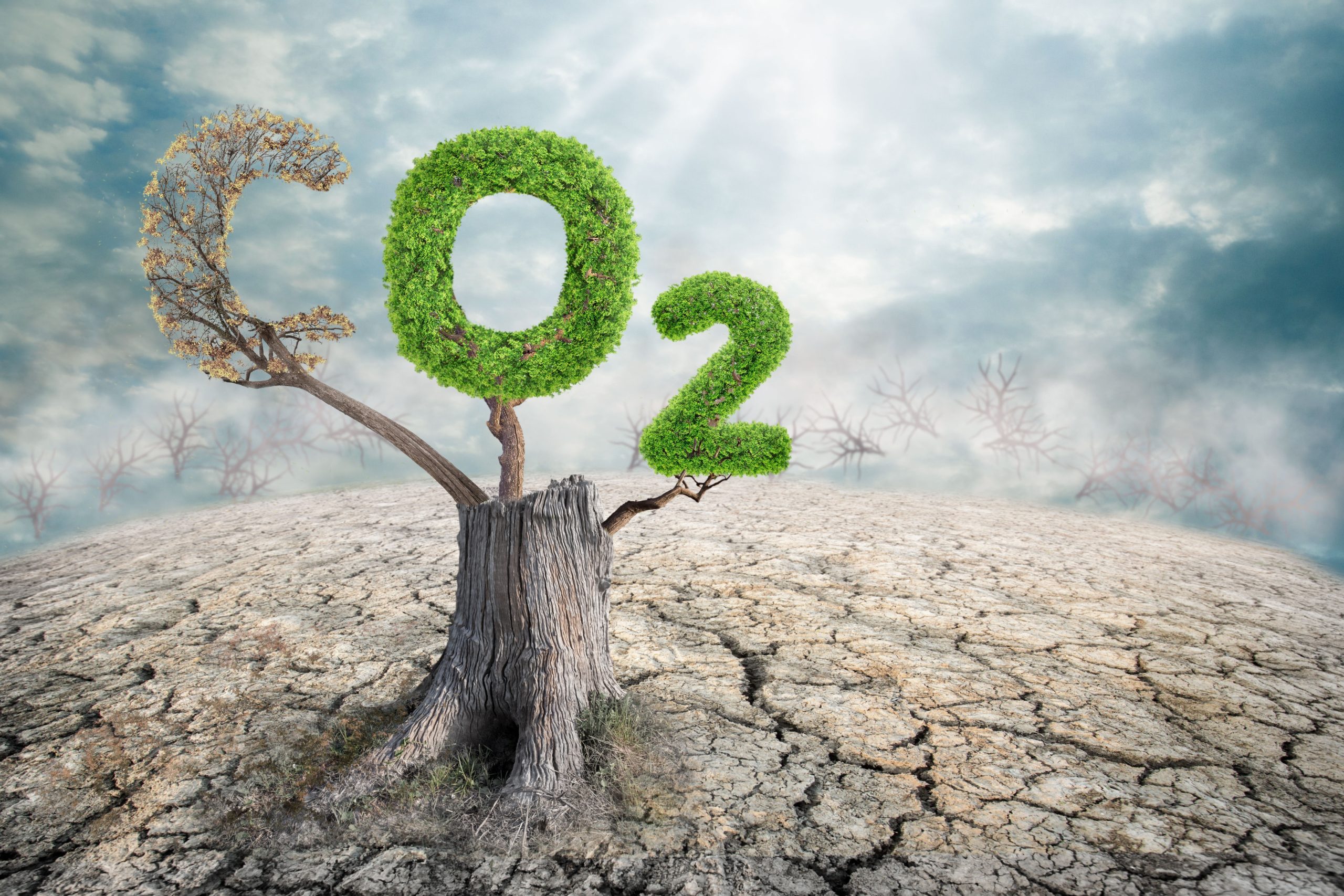Global Warming Through CO2 and How it All Affects Us

Rising CO2 levels and What This Means for Our Environment
A recent report released by the US-based National Oceanic Atmospheric Administration revealed that global warming is showing no signs of abating, with carbon dioxide levels in the air the highest they’ve ever been.1 This is despite global campaigns dedicated to reducing carbon emissions that have gained traction and attention over the past decade.
The study revealed that carbon dioxide levels measured over Hawaii in May showed an average of 424 parts per million, three parts per million more than last year. For context, carbon dioxide levels in the air before the advent of the industrial age averaged just 280 parts per million. This is especially concerning since CO2 levels continue to rise faster than they were a decade or two ago despite efforts to start reducing emissions, signalling that we may be doing too little, too late.
What Rising CO2 Levels Means for Our Environment
Rising carbon dioxide levels in the atmosphere have significant implications for the environment. Since carbon dioxide is a greenhouse gas, it traps heat within the Earth’s atmosphere and contributes to global warming or climate change. We are already seeing the effects of climate change, with El Niño (a period of unusually warm water, which leads to dry, warmer-than-average daytime temperatures in Australia) on the horizon after two successive years of La Niña.
This is especially concerning since periods of El Niño have historically raised CO2 levels in the atmosphere even further. What this means is that we’re headed for a vicious cycle of rising CO2 levels raising water temperature levels, leading to more El Niño weather patterns, which then leads to even higher CO2 levels in the atmosphere.
Higher levels of CO2 in the atmosphere are typically associated with climate change, ocean acidification, melting glaciers and rising sea levels, changes in ecosystems and biodiversity and negative impacts on human health.
How To Combat Rising CO2 Levels in the Atmosphere
Reducing Greenhouse Gas Emissions
Switching from fossil fuels to renewable energy sources like solar, wind, hydro, and geothermal is one of the most efficient ways to reduce CO2 emissions. Installing rooftop solar panels, wind turbines, or geothermal systems can generate clean energy on-site and reduce reliance on fossil fuel-based electricity. All businesses should aim to be net zero, which means they should be producing as much energy as they consume.
Improving Energy Efficiency
The built environment is estimated to be responsible for up to 40% of global energy-related carbon emissions.2 Improving energy efficiency in buildings, industries, transportation, and appliances can significantly reduce CO2 emissions. This involves adopting energy-efficient technologies, implementing conservation measures, and promoting behavioural changes to minimise energy waste.
Buildings need to be built with proper insulation, efficient HVAC systems, energy-efficient lighting and smart building management systems. Optimising building operations can significantly reduce the carbon footprint of the built environment.
Efficient Water and Waste Management
Implementing efficient water and waste management systems in buildings and communities can contribute to CO2 reduction. Water-saving fixtures, rainfall harvesting systems and wastewater treatment technologies aid water conservation and reduce the energy needed for water distribution and treatment. The release of methane, a strong greenhouse gas, from landfills is decreased by proper waste management practices, including recycling and composting.
Lifecycle Assessment
Conducting life cycle assessments (LCAs) of buildings and infrastructure can help identify opportunities for carbon reduction. By assessing the environmental impacts of a building throughout its entire life cycle, from construction to operation and eventual demolition, designers and stakeholders can make informed decisions to minimise CO2 emissions.
Collaboration and Certification
Collaboration among architects, engineers, developers and various stakeholders is crucial for promoting sustainable practices in the built environment. Certifications such as NABERS or Green Star Performance provide frameworks and guidelines for sustainable building design and operation.
The Role of Commercial Cleaning
Even aspects such as the company responsible for office cleaning can contribute towards your CO2 emissions. Cleaning activities such as using vacuum cleaners, floor buffers and other powered cleaning tools rely on electricity or fossil fuels. Outdated, inefficient equipment can result in higher energy consumption. Moreover, using cleaning products that release VOCs into the air also contributes to air pollution.
Collaborating with a company specialising in commercial office cleaning in Melbourne that prioritises sustainability in all its operations, such as GJK, can help you become a net-zero corporation. From using green cleaning chemicals and energy-efficient cleaning equipment to partnering with organisations implementing effective waste management strategies and providing ongoing training to staff on environmentally-friendly cleaning practices, GJK anchors sustainability at the heart of all its operations.
With carbon levels in the atmosphere the highest they’ve been in four million years, it’s no longer a question of whether you should switch to more carbon-neutral practices. It’s time for a change, and we can help you implement these changes in your operations.
References
1 Carbon Dioxide Levels in Atmosphere Highest in Four Million Years




